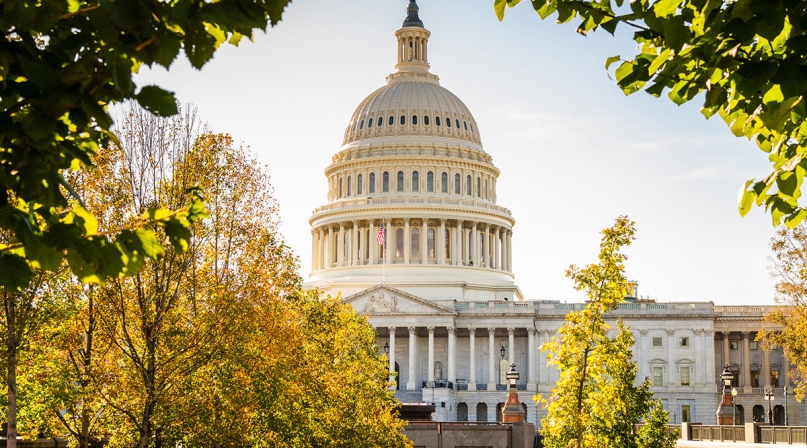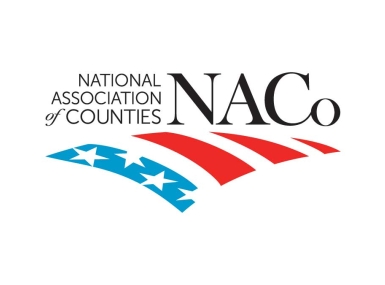U.S. House approves two-year budget and debt ceiling deal
Upcoming Events
Related News

Key Takeaways
Update: On August 1, the U.S. Senate voted 67-28 to approve the two-year budget and debt ceiling bill passed by the U.S. House of Representatives last week. Having passed both chambers of Congress, the legislation now heads to President Trump for his signature. The president has indicated support for the agreement and is expected to sign the legislation in the coming days.
On July 25, the U.S. House of Representatives approved a two-year budget and debt ceiling deal that, if enacted, would set topline spending figures for FYs 2020 and 2021, lift strict discretionary budget caps and suspend the debt ceiling through July 2021. The proposal, which follows months of negotiation between Congress and the White House, now heads to the U.S. Senate, where it is expected to pass the chamber this week.
As negotiated, the budget agreement’s topline figures for defense spending would total $738 billion and $740 billion for FY 2020 and FY 2021, respectively. Meanwhile, nondefense programs would receive $632 billion for FY 2020 and $634.5 billion for FY 2021. These figures represent a $50 billion increase in discretionary spending limits for FY 2020 and a $54 billion increase for FY 2021.
In addition to establishing topline spending levels, the budget agreement would lift discretionary spending caps by approximately $320 billion above the caps set by the 2011 Budget Control Act. Additionally, the decision to raise the debt ceiling for an additional two years would allow the government to continue borrowing money and avoid a debt default.
This budget agreement follows a similar pattern to recent two-year budget deals, such as the 2018 Bipartisan Budget Act, which lifted spending caps for FYs 2018 and 2019. Without an agreement on new caps by the October 1 deadline, sequestration measures would have gone into effect, reducing defense spending by $71 billion and cutting domestic programs by $55 billion.
Going forward, the budget agreement must still be approved in the U.S. Senate and go to President Trump for his signature. Both the president and members of the U.S. Senate have expressed support for the measure. After a budget caps deal is signed, both chambers will still need to agree on and approve all 12 annual appropriations bills, which lay out specific spending levels for individual federal programs for FY 2020.
Given the central role counties play in funding and administering federal programs at the local level, NACo will continue to engage with Congress and the White House to ensure counties have the resources necessary to serve our residents. Counties urge our federal partners to meet annual appropriations deadlines to help counties have clarity and certainty as we plan our budgets for the coming year.
For more NACo resources on budget and appropriations, please see the following links:
- NACo Legislative Brief: Highlights of the FY 2019 Omnibus Spending Package for Counties
- U.S. House panel advances FY 2020 spending bill for federal health, human services and workforce programs
- President signs massive two-year budget agreement

Attachments
Related News

Federal district court issues ruling preventing the federal government from imposing immigration compliance mandates on grant recipients
On November 4, a federal judge in Rhode Island ruled that the U.S. Department of Transportation cannot condition federal grant funding on a recipient’s cooperation with federal immigration enforcement efforts.

State of America’s Counties Address Highlights Intergovernmental Partnership, Cost and Administrative Shifts
NACo President J.D. Clark, national experts share insights at policy summit in Washington, D.C.
State county leaders explore transportation, energy, AI, disasters
Leaders of state associations of counties across the country came together Jan. 14 to discuss the county role in transportation, energy, artificial intelligence development and disaster response and reform amid shifts in federal policy and funding.